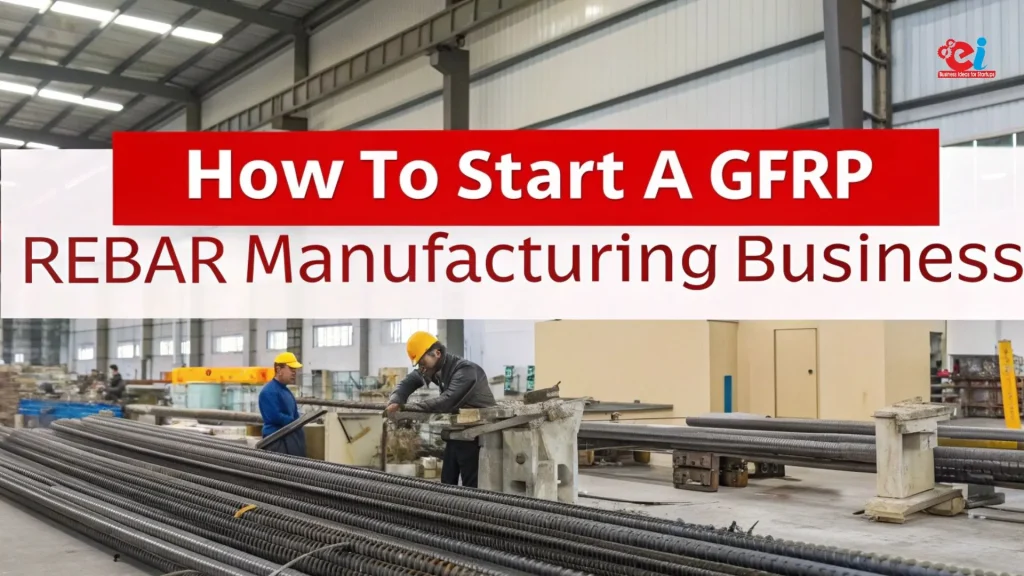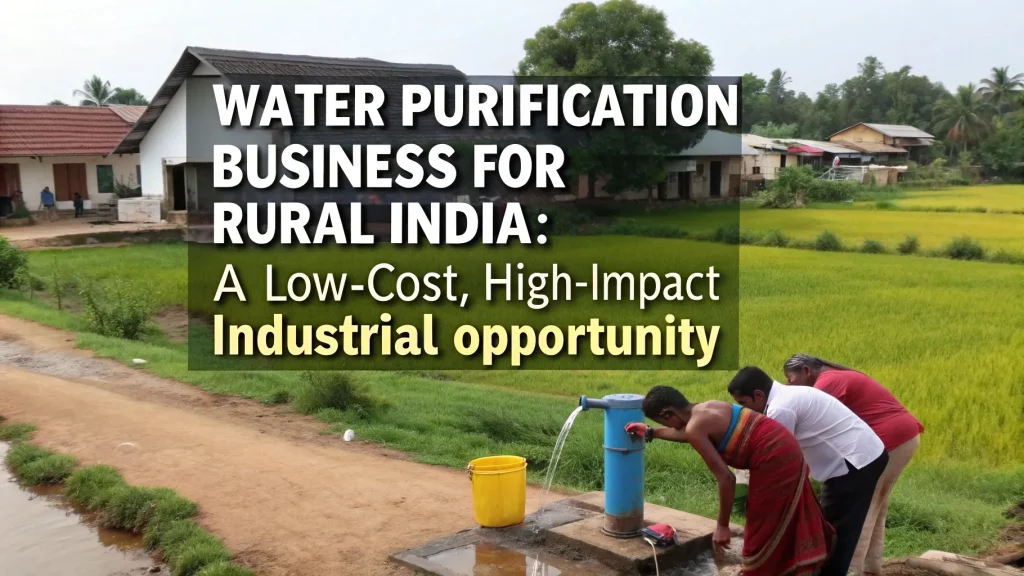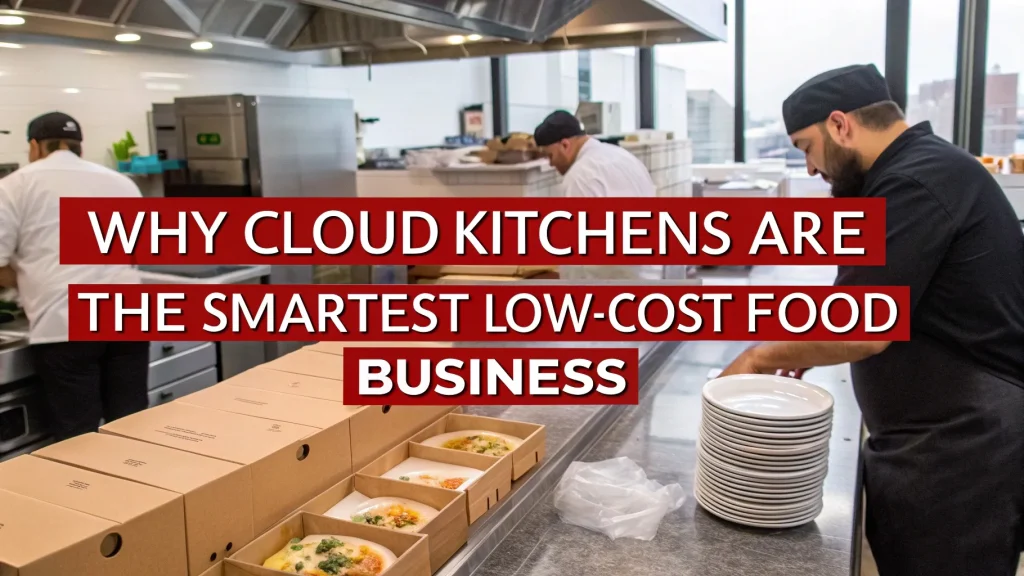In the world of modern medicine, IV (Intravenous) fluids are the backbone of hospital and emergency room care. From treating dehydration to delivering essential nutrients and medications, IV fluids are indispensable in healthcare settings. As healthcare infrastructure expands in developing and developed nations alike, there is a growing demand for sterile, safe, and efficient fluid packaging methods. One of the most advanced techniques currently in use is Blow-Fill-Seal (BFS) technology. This article explores the immense potential of IV Fluid Manufacturing using BFS technology and how entrepreneurs can tap into this profitable and essential market.
Why BFS Technology is Revolutionizing IV Fluid Manufacturing
Blow-Fill-Seal (BFS) is an automated process that forms, fills, and seals plastic containers in a single step under sterile conditions. It is one of the most significant advancements in aseptic packaging technology. The traditional method of manufacturing IV fluids involved the use of glass or semi-rigid plastic bottles, followed by separate filling and sealing. This not only increased contamination risks but also incurred higher production and labor costs.
With BFS, IV fluids are packed in a closed, controlled environment, ensuring sterility and product integrity. This eliminates the chances of microbial contamination, a critical requirement in the pharmaceutical industry. Moreover, BFS requires minimal human intervention, significantly reducing labor costs and errors. It also supports high-speed production lines and meets the stringent quality standards of the US FDA, WHO, and other global health authorities.
IV Fluid Manufacturing with BFS is considered a gold standard by many large pharmaceutical firms because it minimizes environmental contamination and optimizes production efficiency. The sealed units are lightweight, durable, and easy to transport—ideal for large-scale distribution across urban and rural healthcare centers.
Market Potential for IV Fluid Manufacturing
The global IV fluid market is expected to grow at a CAGR of over 6% in the next five years. The rising incidence of chronic diseases, increasing surgical procedures, and growing geriatric populations are major contributors to this surge. Moreover, the COVID-19 pandemic highlighted the critical need for robust and scalable IV Fluid Manufacturing capabilities across the world.
India, with its growing population and expanding healthcare access, represents a significant share of this growth. The government’s initiatives under Ayushman Bharat and the push for Make in India have created favorable conditions for manufacturing healthcare products locally, including IV fluids.
This sector also enjoys support in the form of subsidies and financing options from various development banks and MSME schemes, making it an attractive venture for new entrants and existing pharmaceutical businesses.
Key Components and Raw Materials
To set up an IV Fluid Manufacturing unit using BFS technology, several raw materials and infrastructure components are required:
-
Water for Injection (WFI): This is the base component of IV fluids. It must be ultra-pure, free from pyrogens, and sterile. Large capacity WFI generators and reverse osmosis (RO) systems are used to produce this water.
-
Active Ingredients: Depending on the IV fluid type, various salts and sugars such as dextrose, sodium chloride, potassium chloride, and ringer lactate are added.
-
Polymers: BFS systems generally use LDPE (Low-Density Polyethylene) as the base material for forming the containers. It is non-toxic, flexible, and compatible with most formulations.
-
Additives and Sterilants: These are minimal but may include preservatives or pH adjusters depending on the product.
-
Packaging and Labeling Material: Printed labels, tamper-evident seals, and cardboard boxes for secondary packaging.
BFS Plant Setup – Infrastructure and Machinery
A modern IV Fluid Manufacturing facility with BFS capabilities requires precision equipment and a sterile cleanroom environment. The setup involves:
-
BFS Machines: These are the core of the operation. Machines vary in size and output capacity—from 1000 units/hour to over 20,000 units/hour. Some of the leading BFS machine manufacturers include Rommelag, Brevetti Angela, and Weiler Engineering.
-
Water Purification and WFI Generation Unit: This includes RO filters, electro-deionizers, and multi-column distillation units to prepare injectable-grade water.
-
Formulation Tanks and Mixing Units: These tanks are designed for aseptic mixing of ingredients before filling.
-
Cleanrooms: Manufacturing zones must comply with Class 1000 to Class 100 cleanroom standards with HEPA filtration and laminar airflow systems.
-
Sterilizers and Quality Control Labs: For validation, testing, and batch release.
-
HVAC and Utilities: Stable temperature, humidity, and pressure levels are maintained using HVAC systems with continuous monitoring.
Setting up such a plant requires an initial investment ranging from ?10 crores to ?50 crores depending on scale, automation level, and location.
Licensing, Certifications & Regulatory Compliance
To legally start an IV Fluid Manufacturing business in India (or globally), the following licenses and registrations are mandatory:
-
Drug Manufacturing License under the Drugs and Cosmetics Act, 1940.
-
GMP and WHO-GMP Certification – essential for domestic and international trade.
-
Environmental Clearance – since pharma manufacturing involves water and energy consumption.
-
Factory License & Fire Safety Clearance.
-
ISO Certifications – especially ISO 13485 (Medical Devices) and ISO 9001 for Quality Management.
In addition to Indian regulatory bodies like CDSCO, facilities aiming for exports need to meet guidelines set by the USFDA, EMA (Europe), and other national agencies.
Financial Outlook and Profitability
Once operational, an IV Fluid Manufacturing unit can generate impressive revenue. Here’s a rough breakdown:
-
Cost of Production (per 500ml IV bottle): ?8–10
-
Market Selling Price: ?18–25
-
Profit Margin: 40–60% after operational and labor costs
Bulk hospital contracts, government supply tenders, and export deals offer steady demand and cash flow. With high-volume production and low defect rates, businesses can achieve breakeven in 2–4 years depending on scale and market access.
Types of IV Fluids in Demand
Some of the most commonly manufactured and in-demand IV fluids include:
-
Normal Saline (0.9% Sodium Chloride)
-
Dextrose 5% (D5)
-
Ringer Lactate
-
Dextrose Saline (DNS)
-
Potassium Chloride in Saline
Specialized fluids like amino acid solutions, total parenteral nutrition (TPN), and glucose-electrolyte combinations are also gaining popularity for niche medical use cases.
Challenges and Risk Factors
While the opportunity is lucrative, IV Fluid Manufacturing comes with certain risks:
-
High Initial Capital: BFS machines and cleanroom setups are expensive.
-
Regulatory Scrutiny: Sterile injectable products are highly regulated. Non-compliance can lead to shutdowns or recalls.
-
Operational Complexity: Aseptic manufacturing requires trained staff, constant monitoring, and technical maintenance.
-
Price Competition: Government tenders often demand low pricing, impacting profitability unless produced at scale.
However, with proper planning, investment, and compliance, these challenges can be effectively mitigated.
Future Trends and Opportunities
-
Export Market Expansion: African, Middle Eastern, and Southeast Asian countries rely heavily on Indian pharmaceutical exports. Complying with WHO prequalification can open global markets.
-
Contract Manufacturing: Many pharma companies prefer to outsource IV fluid production, creating lucrative B2B opportunities.
-
BFS for Other Products: The BFS line can be expanded to include eye drops, nebulizer solutions, and small-volume injectables for additional revenue.
-
Eco-friendly Packaging: Innovations in biodegradable plastics for BFS units could become a game-changer.
Conclusion
IV Fluid Manufacturing using BFS technology presents a robust, future-proof opportunity for entrepreneurs and pharma businesses alike. It combines essential healthcare need with cutting-edge automation, creating a profitable and scalable manufacturing ecosystem. With rising healthcare demand, supportive policies, and global market access, now is an excellent time to invest in this life-saving business.
Entrepreneurs who prioritize quality, regulatory compliance, and technological excellence will be well-positioned to make a meaningful impact—both commercially and medically—through the IV fluid industry.
Visit the page Select and Choose the Right Business Startup for You for sorting out the questions arising in your mind before starting any business and know which start-up you can plan. We, at NPCS, endeavor to make business selection a simple and convenient step for any entrepreneur/startup. Our expert team, by capitalizing on its dexterity and decade’s long experience in the field, has created a list of profitable ventures for entrepreneurs who wish to diversify or venture. The list so mentioned is updated regularly to give you a regular dose of new emerging opportunities.




